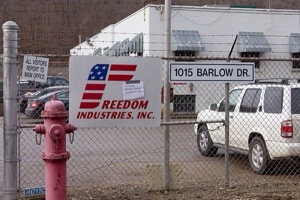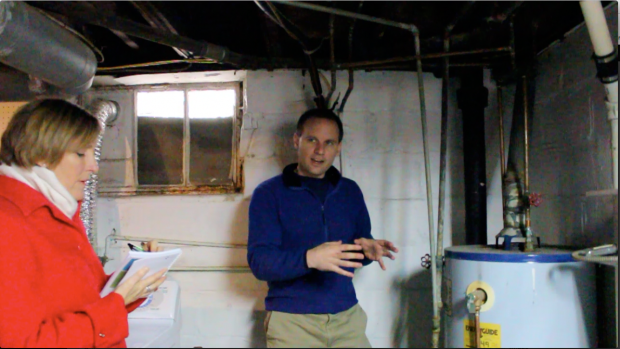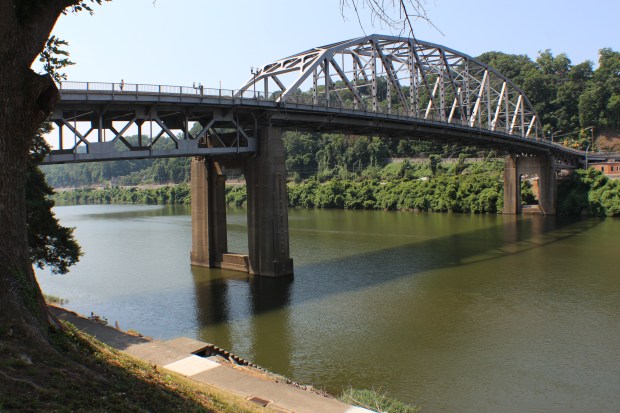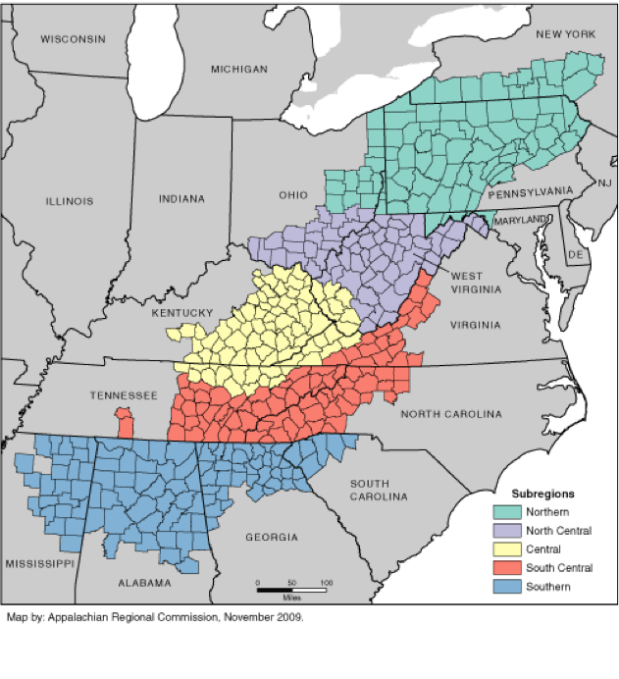January 9 marks the 2-year anniversary of the West Virginia Water Crisis. Today I want to share a look at where we are now and where we need to go in the future.
Where are We Now?
In the wake of the January 9, 2014 chemical spill numerous legal actions were initiated at both the state and federal levels by various parties. Community advocates have been at the forefront of state legislation to register never before documented chemical storage tanks. Approximately 50,000 tanks were identified for regulation, many of which were located along West Virginia’s water supply. The spill’s fallout and West Virginia’s lead to create a chemical storage tank regulatory program set a precedent for several other states to enact their own chemical tank legislation and bills were proposed in halls of Congress and the U.S. Senate. Despite immense public support, these West Virginia regulatory bills were already being dismantled by the next legislative session.
In addition to legislation intended to prevent similar crises, numerous criminal charges were filed against parties responsible for the spill. The U.S. Attorney for southern West Virginia obtained 15 indictments for up to 93 years in prison against Freedom Industries’ former president Gary Southern for charges including wire fraud. Although in an FBI-conducted investigation Gary Southern claimed no association with Freedom Industries, he ultimately pled guilty for violating the federal Clean Water Act, the Refuse Act, and negligent for failing to have a pollution prevention plan, and faces up to three years in prison and $300,000 in fines. Among five other Freedom Industries executives who pleaded guilty on charges related to the spill, Dennis Farrell, pleaded guilty to violating the Refuse Act and failing to have a pollution prevention plan, for which he faces sentencing of 30 days to two years in prison and up to $200,000 in fines.
Numerous civil suits have been filed in the aftermath of the crisis, including over 50 against West Virginia American Water in just the first nine months following the spill. Several personal injury suits as well as a class action lawsuit against Freedom Industries, its top executives, Eastman Chemical Company, West Virginia American Water, American Water, its parent company. In December, Freedom Industries Farrell and Southern settled one such class action for $50,000 and $350,000 respectively.
As devastating as the original spill was, cleanup and remediation of the spill site has been just as problematic although less publicized. To dispose of the spill waste, which is not categorized as hazardous by the EPA, tank liquid was mixed with sawdust and dumped in a solid waste landfill in nearby Hurricane, West Virginia. After Hurricane residents complained of licorice odors in the air, the city of Hurricane discovered the MCHM disposal and sued Disposal Services Incorporated and Waste Management. The suit was settled with the two companies paying $600,000 for the city’s legal fees and agreeing to monitor the MCHM present in leachate — the water draining out of the landfill — and the three groundwater monitoring wells surrounding the site every six months for the next five years. If they detect MCHM above 120 parts per billion, they must notify the city and county, stop sending the leachate to the Hurricane wastewater treatment plant, and close its aeration system.
Despite the seeming wins in these lawsuits, their likelihood of making even a dent in the tens of millions dollars the state lost as a result of the crisis, the irreparable damage on citizens’ health, and other industries’ likelihood of upholding their responsibility to not endanger the lives of the public is slim. The conclusion of this chapter considers how these legal repercussions compare to those of other major man made environmental disasters such as the 1972 Buffalo Creek Mine Disaster in West Virginia and how civil suits must become the primary deterrent against public health and environmental crimes.
Looking Forward
The West Virginia Water Crisis was one of the worst drinking water contamination incidents not just in West Virginia, but in the nation. Although the particular circumstances — a coal washing chemical spilling into the drinking water source due to a chemical storage facility’s willful neglect of their above ground storage tanks — may seem relevant only to coal country, but above ground storage tanks are largely unregulated. Each state is responsible for creating the legislation and infrastructure to fulfill the EPA’s federal Clean Water Act, and many, like West Virginia, never created state-level regulations to enforce the law.
In addition, 4-MCHM is still not listed on the Toxic Substance Control Act Inventory of 82,000 toxic chemicals. Environmental and public health advocates, and more recently, the EPA and chemical industries have cited the TSCA Inventory for its ineffectiveness. When the inventory was created in 1976, there were 60,000 untested and unregulated chemicals left off the list, including BPA, formaldehyde, and asbestos. Now there are thousands more unregulated chemicals like 4-MCHM that have never been studied for their effects on human health and safety.
Just as critical as the regulatory questions raised by this and other major drinking water contamination incidents like the Toledo Water Crisis, the Dan River Spill, and the hazardous levels of lead in Flint, Michigan drinking water, are the questions about response protocol and crisis communication standards. One of the most important questions is how to instruct the public to protect themselves when there is little to no information available on the chemicals the public is being exposed to, how to determine safe exposure levels during cleanup and remediation processes, again when there is little to no data, and how to adequately address public concerns openly and honestly while also teaching them how to protect themselves from exposure.
In addition to these questions about prevention and response, now that thousands of West Virginians have been exposed to these chemicals, long-term health monitoring is essential to learning the full health impacts of the crisis and being able to provide the appropriate care for those exposed. Numerous organizations have created proposals for the monitoring of long-term illnesses and diseases relating to exposure from the spill, but as of yet, none have received funding. The current and future illnesses resulting from this chemical exposure will have no formal means of being tracked, and the significance of this event on public health will ultimately be lost.
It is our hope that continuing our research and advocacy will raise awareness of just how complex and far-reaching the West Virginia Water Crisis was, how it could happen anywhere if regulations and the enforcement of those regulations remains unchanged, and what the long-term effects of the crisis are on the public, the environment, and the sociopolitical environment in West Virginia. Without such documentation, we fear the significance of the crisis will be lost.
Please like and share this post if you care about your right to safe water.
If you live in West Virginia, your attendance at the Safe Water Public Forum on Jan. 9 is crucial. If you’re unable to attend and want to make a donation to support safe water in West Virginia, visit the WV Rivers Coalition site.






